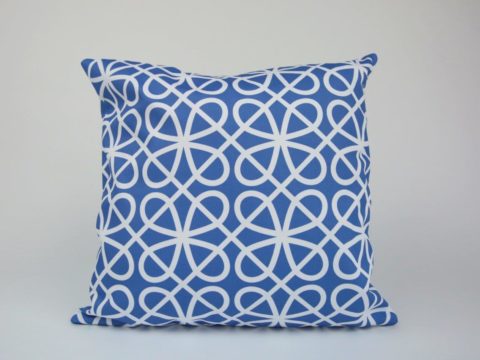Katherine Willoughby: Life Story
Chapter 1: The Heiress
The Willoughby family originated in Lincolnshire. Over time, several branches of the family achieved land and titles, and were distinguished from each other with suffixes – de Broke, de Eresby and Wollaton. The barony of Willoughby de Eresby was created in 1313, and, since it was created by writ, it was heritable by women. The Eresby lands extended across Lincolnshire and Suffolk.
By 1499, the barony was in the hands of Sir William Willoughby, whose grandmother, Cicely Welles, was step-sister to Lady Margaret Beaufort, indicating that the Willoughbys were close to royal circles. By his first wife, Mary Hussey, Sir William had no children, but his second wife bore a daughter. The second Lady Willoughby was at the heart of the English court – born Maria de Salinas, she had accompanied Katharine of Aragon from Spain to England in 1501, and had remained the queen’s closest friend. Henry VIII obviously liked her, too, as he named one of his ships for her – the Mary Willoughby.
On the marriage of Sir William Willoughby and Maria, Henry VIII granted them various manors, including the estate of Grimsthorpe. The grant was given ‘in tail’, not ‘tail male’, so, like the rest of the barony, could be inherited by children of either sex.
The Willoughbys were married for several years before they had a living child – born in March 1519, at Parham, near Framlingham in Suffolk, she was named Katherine, after the queen who was probably her godmother. By October, her mother was back in the queen’s service, being granted ‘livery of court’ – that is board at the king’s expense. City life was not thought advisable for small children, and there were no facilities at court for the permanent residence of infants – even the queen’s own daughter, Mary, had a separate establishment for much of the time, so baby Katherine was left at home with a nurse and other attendants. She was also left behind when her parents accompanied the king and queen to the Field of Cloth of Gold in 1520.
In 1523, Katherine’s father was part of the English army that invaded France under the leadership of Charles Brandon, Duke of Suffolk, and the king’s brother-in-law. Suffolk was one of the most influential men in East Anglia, and the Willoughbys would have been closely acquainted with him, both at home, and at court.
Katherine’s father died in October 1526, having made his will the previous May. He enumerated a long list of manors, many of which remained in the possession for life of Lady Willoughby, or his younger brothers for the terms of their lives, but the majority of which passed directly to Katherine – or would do when she reached the age of majority – fourteen for a woman. In the meantime, she was a ward of the king.
As so often happened in the period, disputes over the estate arose immediately. Katherine’s eldest uncle, Sir Christopher Willoughby, claimed part of the inheritance. Initially, Cardinal Wolsey attempted to broker a compromise between them, but that failed, and the two went to law – an expensive and time-consuming business then, as now. Sir Christopher claimed that Lady Willoughby was illegally occupying properties that should have passed to him, as they were entailed on male heirs, whilst she countered that they were part of her dower lands. He also complained that she had ‘conveyed away’ her husband’s positions, including family heirlooms.
Katherine was only eight years old at the time of these arguments, so it is unlikely she would have understood the intricacies of the matter, but she will have known that her mother was fighting for her rights, and also using the influence she undoubtedly had at court to achieve the outcome she wanted. When Sir Christopher took possession of Eresby in early 1528 no less a person that the Duke of Suffolk became involved, complaining of Sir Christopher’s activities to Wolsey, and pointing out that his action was detrimental to the king’s ward. Wolsey, who had also received a hint from Queen Katharine, remonstrated with Sir Christopher, who protested that he had entered Eresby peacefully, although he did not deny the fact that he had taken possession of the manor.
Suffolk may have taken an interest because he hoped to profit from Katherine’s situation himself. He was granted her wardship by the king in February 1529. Whilst Lady Willoughby would probably have preferred to be granted the wardship herself, she may have welcomed a guardian for Katherine whose influence at court was strong. Her own route to the king’s ear was rapidly closing, as Henry pursued the annulment of his marriage to Queen Katharine with increasing vigour.
In what appears to be a conflict of interest, although without all the details one cannot be sure, Suffolk bought a parcel of lands from Katherine’s estate for £2666 13s 4d. If the £40 annual rental ascribed to them in the accounts is correct, this was a good sale for Katherine, as the lands were giving her a return of only 1.5%. Presumably, they were of benefit to Suffolk because of their location, which, unfortunately, is unrecorded.
The dispute between Katherine’s mother and Sir Christopher was not finally settled until November 1531 – largely in Lady Willoughby’s favour, which her brother-in-law continued to resent.
Katherine Willoughby
Family Tree




